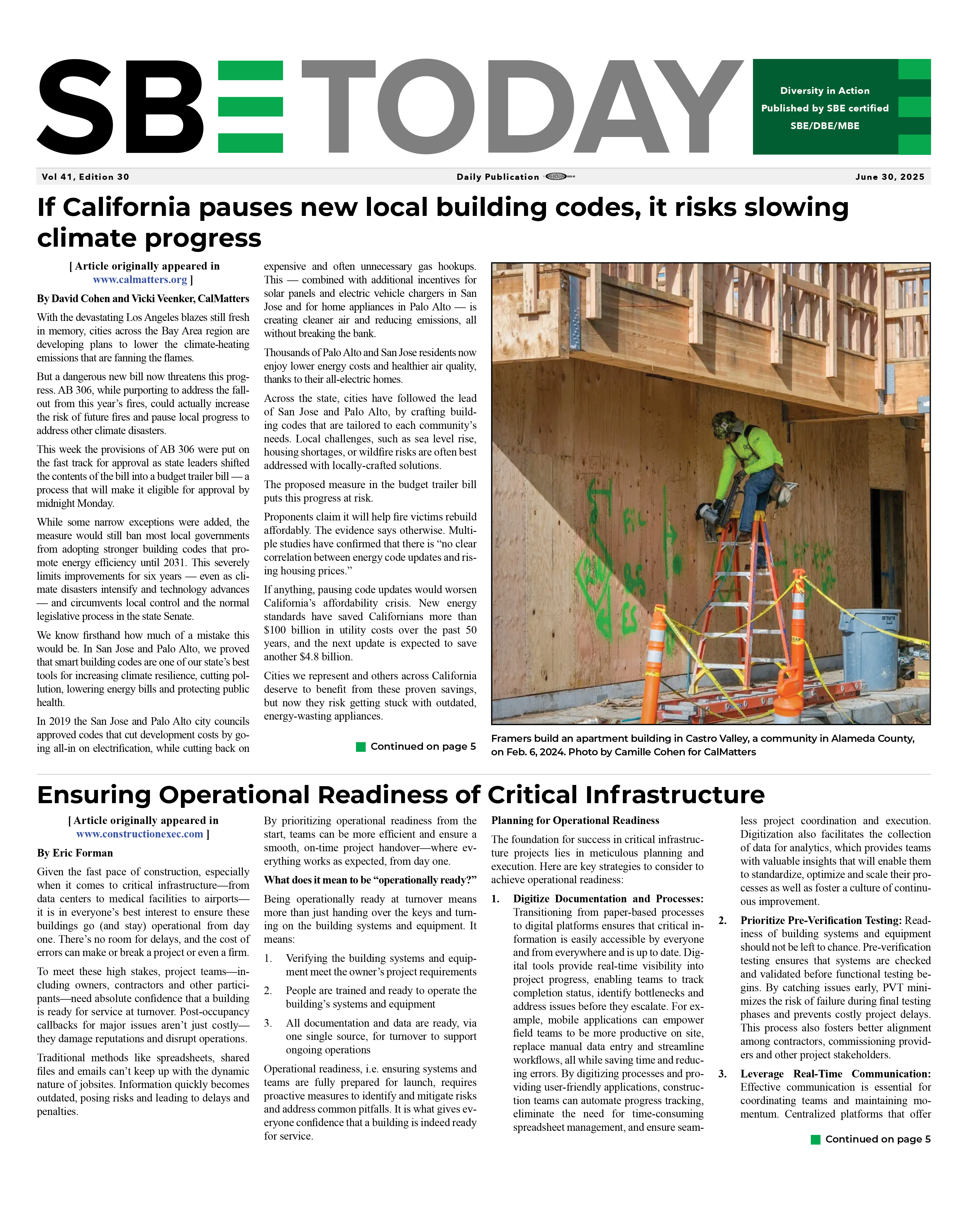By John Lack,
There are many phases to a construction project, and one of those is closing out the job. Closing out the job properly is a big part of successfully completing the entire project. In my experience, finishing well speaks volumes to the customer and helps set the stage for possible future projects.
Closing out a job can look different for each job. The project specifications often spell out what is expected and the required documentation that will need to be submitted to the owner upon completion. I like to start looking at the early stages of closeout during the punch list phase.
The punch list phase occurs when the project is somewhat close to completion. There may be several punch list phases on larger projects. The owner or owner’s rep will walk through the project with the contractor and form a punch list that includes items that need to be addressed before the owner takes possession. That list is developed by the general contractor and sent to the owner as well as any subcontractors that need to address their portion of the work.
Once work is done and the owner has approved the completion, the contractor will provide the owner with final documentation pertaining to the project. Again, the project specifications may list what documentation is required. Below are some examples:
-
As-built drawings. Sometimes the actual work performed differs from the original drawings. For example, the drawings may show the proposed location of the incoming water service to the building. If water service had to be installed in a different location, as-built drawings will show that new location.
-
Application for payment and certificates of payment. Finalizing payments to the contractor and subcontractors should be reviewed and understood in the contract documents. Certain forms and a waiver of liens may be required for the protection of the owner once final payment is dispersed.
-
Construction cost segregation form. Sometimes the contractor and subcontractors must provide itemized labor and material breakdowns for select items. This allows the owner to formulate an accurate depreciation schedule. The owner often provides the form if it is needed.
-
Contractor and subcontractor contact information. Create a list of all contractors who worked on the project, including the company name, segment of work, address, phone number, email, and contact name. I would create a list and put it into a frame to hang on the wall in the office of the building for easy access for employees.
-
Material suppliers. A list of material suppliers with contact information can help the owner when trying to match existing materials during a future remodel or addition.
-
Warranties, instructions, and service manuals. Providing all warranties, instructions, and service manuals to the owner is important for service and maintenance. This should include plumbing fixtures, electrical fixtures, HVAC units, doors and hardware, cabinetry, and anything that came with a warranty or service manual.
-
Occupancy permit. Some building department documents need to be in the possession of the owner. Framing the occupancy permit to hang on the wall of a public building is common.
Assembling a binder or folder for the owner that includes all needed documentation in an orderly fashion can be a professional way to close out the project. Making the effort to walk through the project with the owner shortly before your one-year warranty expires can show great service and pride in your work.
This article was written by Acuity Insurance's Construction Specialist, John Lack. For more construction business tips visit: acuity.com/contractor-focus.
SOURCE: https://www.acuity.com/acuity-focus/2018/contractor-focus/what-to-do-to-properly-close-out-a-project





